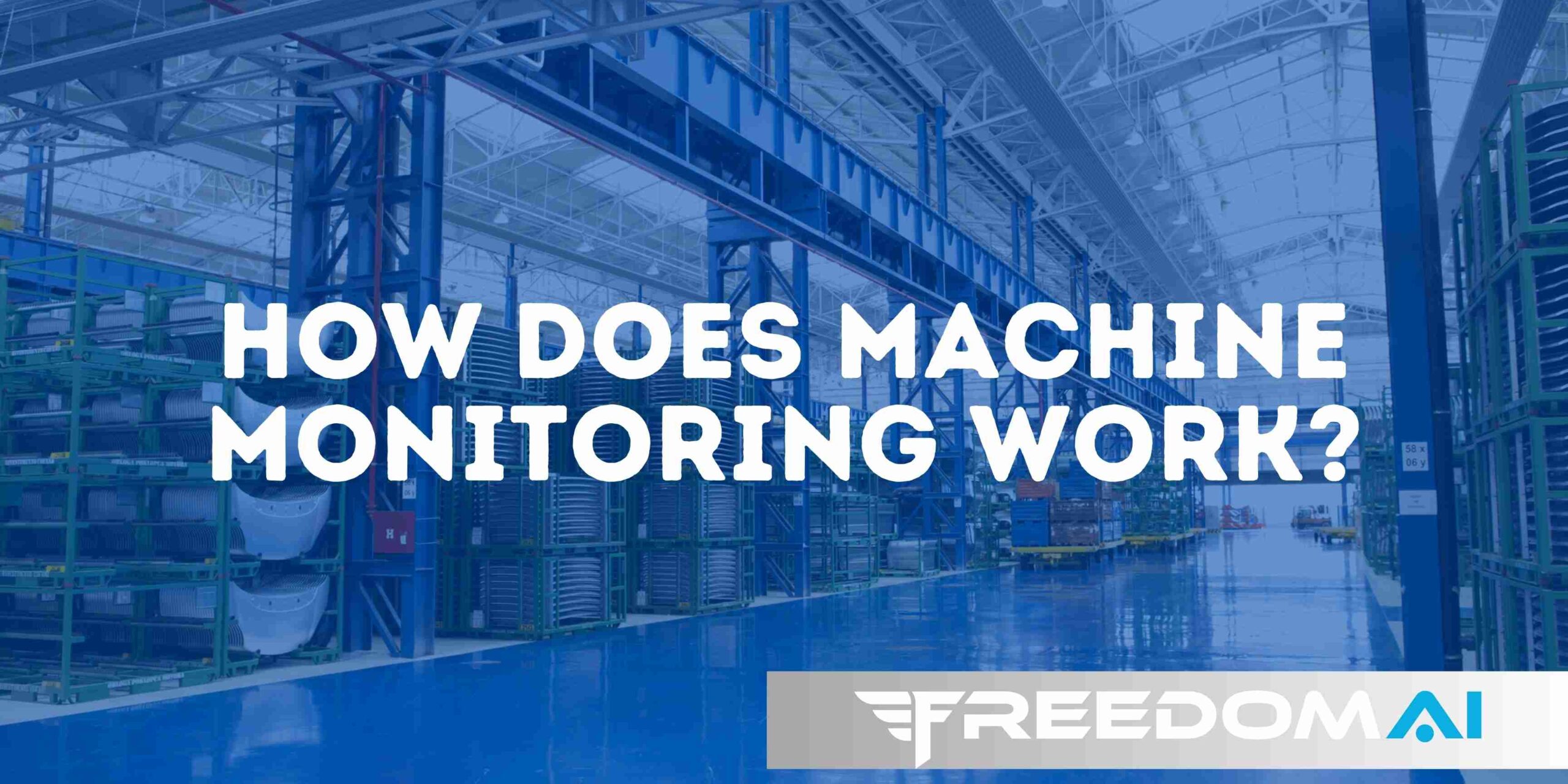Introduction: The Short Answer
Machine monitoring works by collecting real-time data from manufacturing equipment using sensors and software. This data is transmitted, analyzed, and displayed in dashboards to give plant managers visibility into machine performance, utilization, and downtime.
Step-by-Step: How Machine Monitoring Works
1. Data Collection with Sensors
Sensors and machine interfaces capture signals such as cycle counts, run time, downtime events, temperature, vibration, or part counts.
2. Connectivity and Communication
The sensor data is transmitted to a centralized system via protocols like MTConnect, OPC UA, or direct PLC connections.
3. Data Processing
Machine data is normalized, structured, and integrated into monitoring software for real-time use.
4. Visualization and Dashboards
Operators and managers can view KPIs like OEE, availability, and cycle times through dashboards, reports, and alerts.
5. Analytics and Insights
The software applies analytics to detect patterns, flag issues, and suggest improvements, helping leaders make data-driven decisions.
Benefits of Machine Monitoring
- Increased visibility: See machine performance in real time.
- Reduced downtime: Identify issues early and act before they become major.
- Improved efficiency: Track utilization, cycle times, and production trends.
- Data-driven decisions: Replace guesswork with measurable insights.
- Support for OEE: Monitor availability, performance, and quality at scale.
Challenges of Machine Monitoring
- Connectivity complexity: Integrating legacy machines with modern systems.
- Data overload: Too much raw data without proper analytics can be overwhelming.
- Change management: Operators and teams need buy-in to adopt new processes.
- Initial investment: Hardware, software, and training can require upfront costs.
Freedom IOT: Our Approach to Machine Monitoring
Freedom IOT simplifies machine monitoring with plug-and-play connectivity, user-friendly dashboards, and advanced analytics. Our platform helps manufacturers track OEE, utilization, part counts, and downtime events across the shop floor. With flexible cloud or on-premise deployment, Freedom ensures your data is secure, reliable, and actionable—turning machine monitoring into a competitive advantage.
FAQs: Machine Monitoring
What are the benefits of machine monitoring?
Machine monitoring provides real-time visibility into equipment performance, helping reduce downtime, improve efficiency, and optimize production.
How do sensors collect machine data?
Sensors detect signals such as motion, vibration, temperature, or cycle counts and send the data to a monitoring system for processing and analysis.
What industries use machine monitoring?
Machine monitoring is common in automotive, aerospace, plastics, medical devices, food & beverage, and any manufacturing environment that relies on uptime and efficiency.
Is machine monitoring expensive?
Costs vary by system and scale, but many solutions (like Freedom IOT) are designed to be scalable and deliver ROI by reducing downtime and improving throughput.
Can older machines be monitored?
Yes. With the right machine interfaces, even legacy machines can connect to modern monitoring platforms.
Does machine monitoring require cloud systems?
Not always. Many providers offer both cloud-based and on-premise deployments for flexibility and security.





